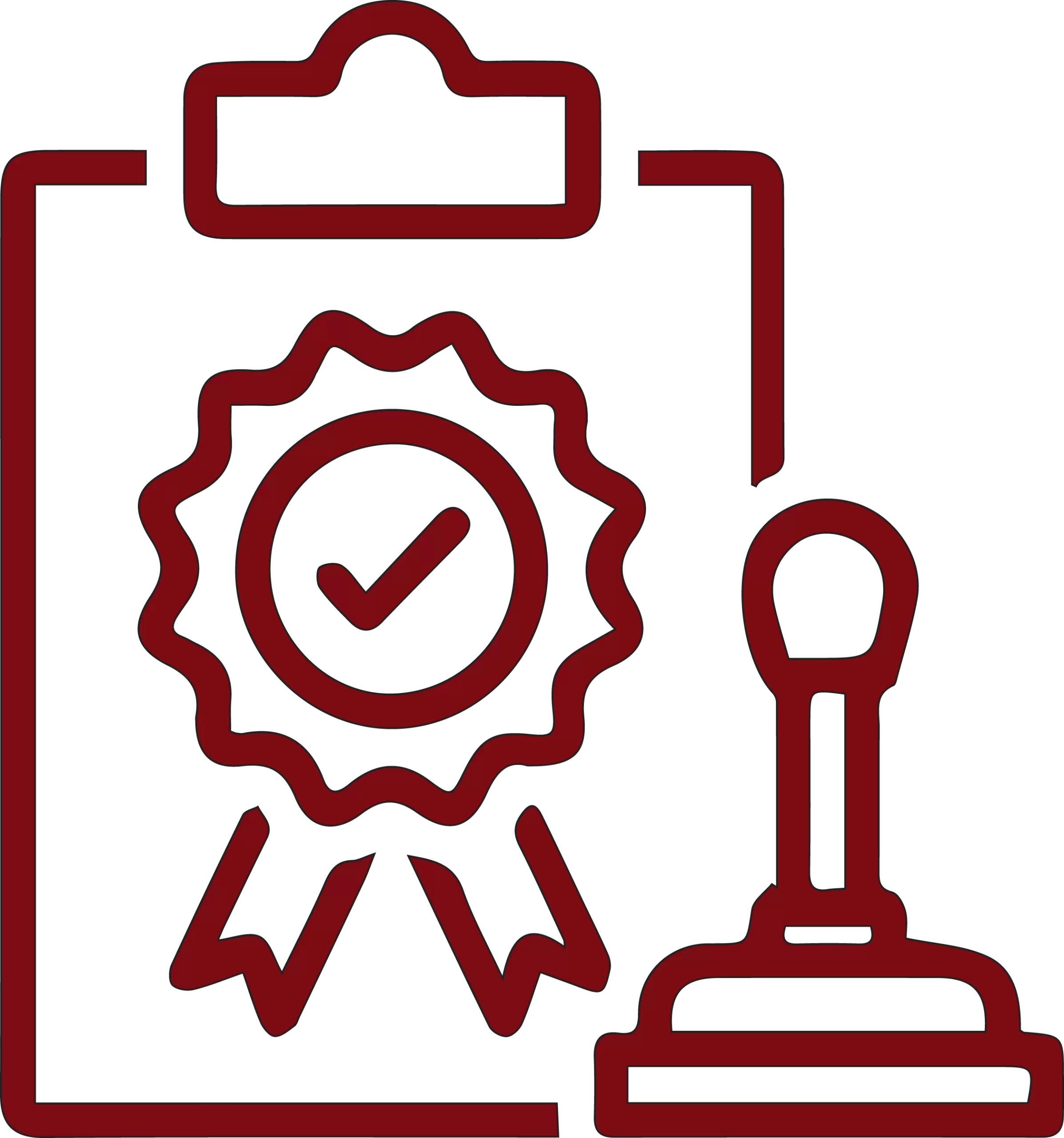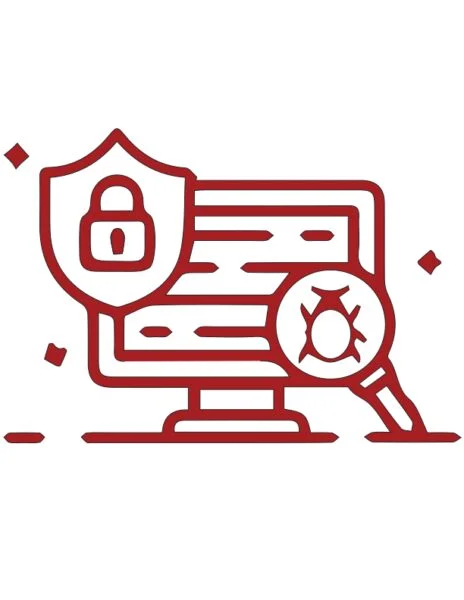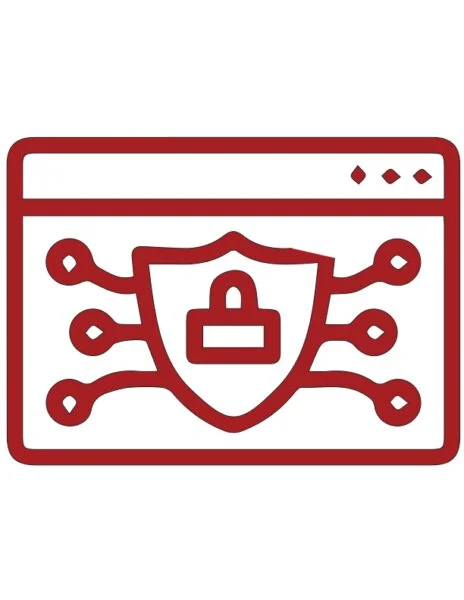
VAPT is a proactive approach to identifying and mitigating vulnerabilities, ensuring defense against threats.

Restricting access to sensitive data and critical systems is vital. Implement strong authentication and adhere to the principle of least privilege to enhance security.

Human error is a common entry point for cyber attackers. Regularly educate your staff about the latest threats and best practices.
Cyber attackers often maliciously exploit known vulnerabilities in outdated software. It's crucial to consistently patch and update your systems to promptly close these gaps.
Create a future fortified with robust network and endpoint security solutions. Leveraging advanced tools such as firewalls, intrusion detection systems (IDS), and antivirus software can help you not only detect and prevent malicious activity but also build a resilient defense against the ever-evolving cyber threats of tomorrow..








Employ advanced threat detection solutions like Security Information and ML algorithms.



Preparing for the worst is a proactive step through words business continuity.

Consider establishing dedicated threat-hunting teams within your organization. These teams focus on actively searching for signs of compromise.

Don't forget to assess and manage the cybersecurity of third-party vendors and partners. Cyber attackers often target weaker links in the supply chain.

Create a cybersecurity culture within your organization. This includes promoting a sense of responsibility among employees improvements.
Artificial intelligence (AI) and machine learning (ML) are powerful tools for cybersecurity, analyzing vast datasets to detect emerging threats and stay ahead.


The primary motivation for attackers varies widely, but a common thread is often financial gain. Cybercriminals are frequently driven by the prospect of monetary rewards, whether through direct theft, ransom payments, or selling stolen information on the dark web. Additionally, geopolitical motives, hacktivism, and the desire for notoriety or ideological impact can also play significant roles in motivating attackers. Understanding these diverse motivations is crucial for developing effective cybersecurity strategies.
Protecting systems from attackers is crucial to safeguard sensitive information, maintaining operational integrity, and ensure business continuity. Cybersecurity measures mitigate the risk of unauthorized access, data breaches, and disruptions, preserving trust with stakeholders. Proactive defense not only prevents financial losses but also upholds an organization’s reputation, competitiveness, and compliance with regulatory standards in an increasingly interconnected and digital landscape.
The main purpose of cyberattacks varies, encompassing a range of motives such as financial gain, espionage, political influence, and ideological beliefs. Threat actors may target individuals, organizations, or governments to steal sensitive information, disrupt operations, or compromise security. As technology evolves, the sophistication and diversity of cyber attacks continue to grow, posing significant challenges for cybersecurity professionals and necessitating constant vigilance to safeguard digital assets and infrastructure.
Cyber attacks pose significant harm by compromising confidentiality, integrity, and availability of digital assets. They can lead to data breaches, financial losses, and disruption of critical infrastructure. Beyond immediate consequences, cyber attacks erode trust, damage reputations, and may have far-reaching societal impacts. The interconnected nature of modern systems amplifies the potential harm, making cybersecurity crucial to safeguarding individuals, organizations, and nations.
© Copyright 2024 ITBUTLER. All Rights Reserved.
Keeping track of domain registrations to identify and mitigate phishing sites or domains that mimic the brand.